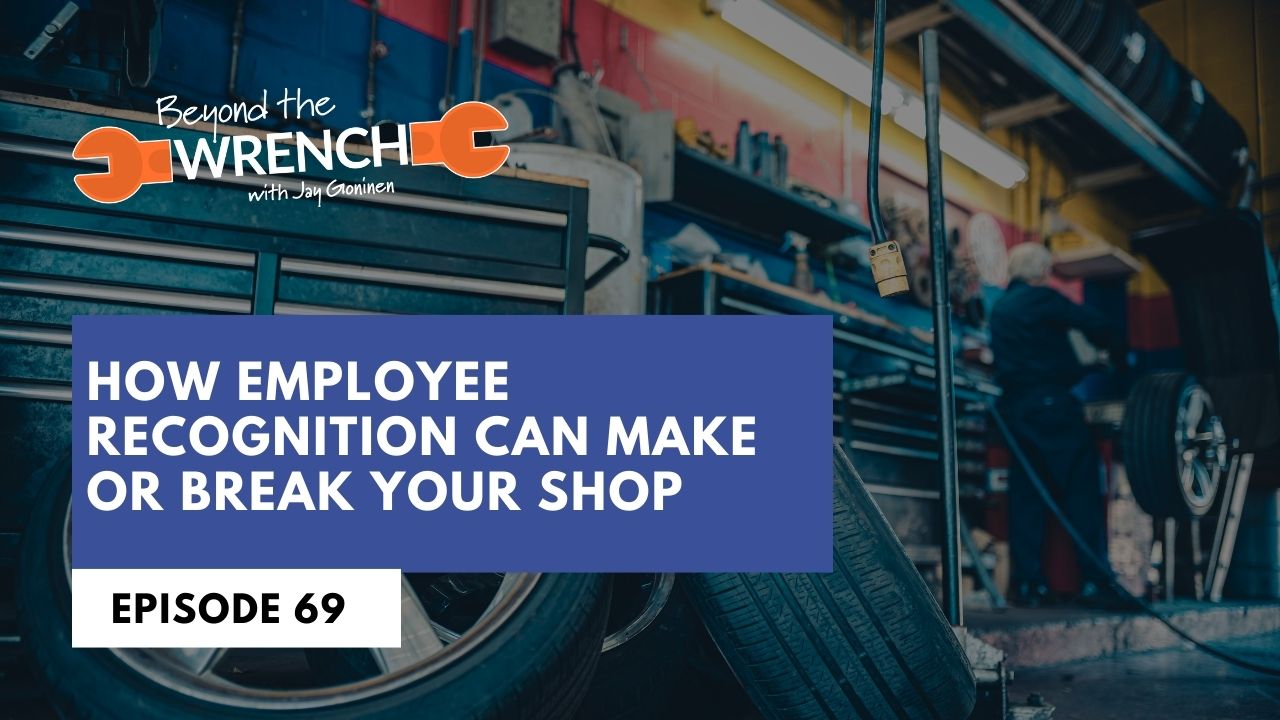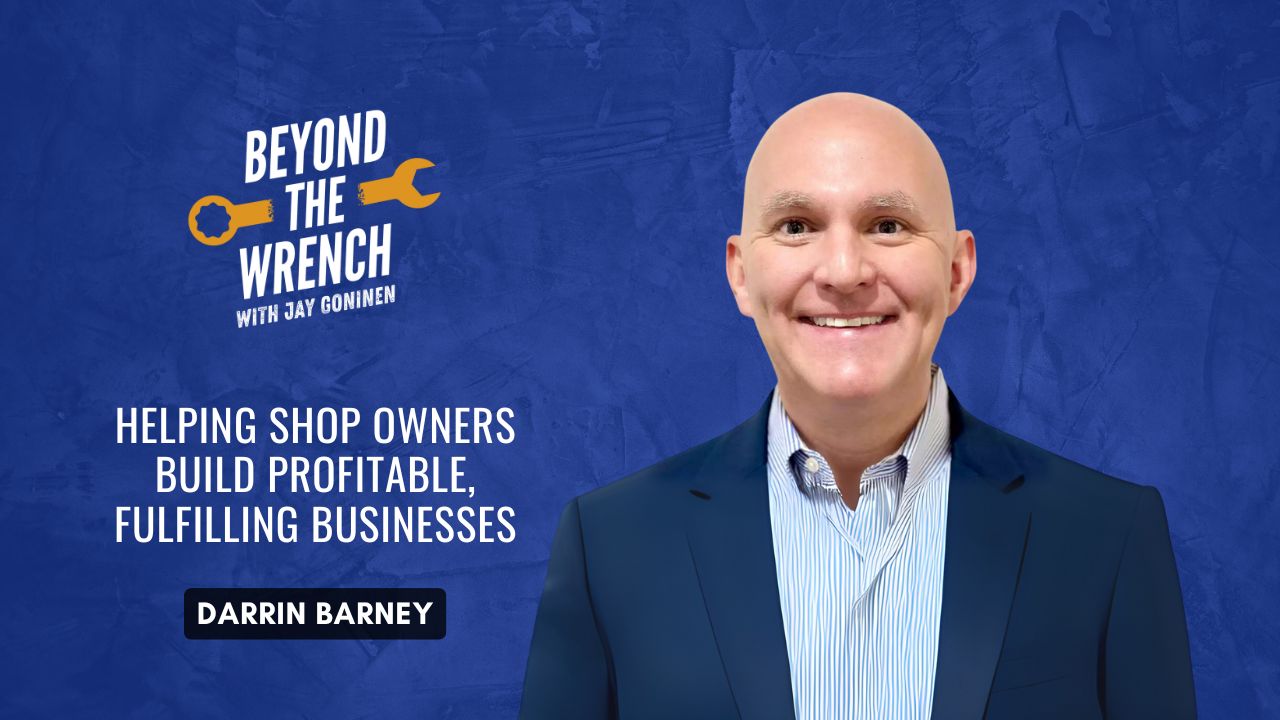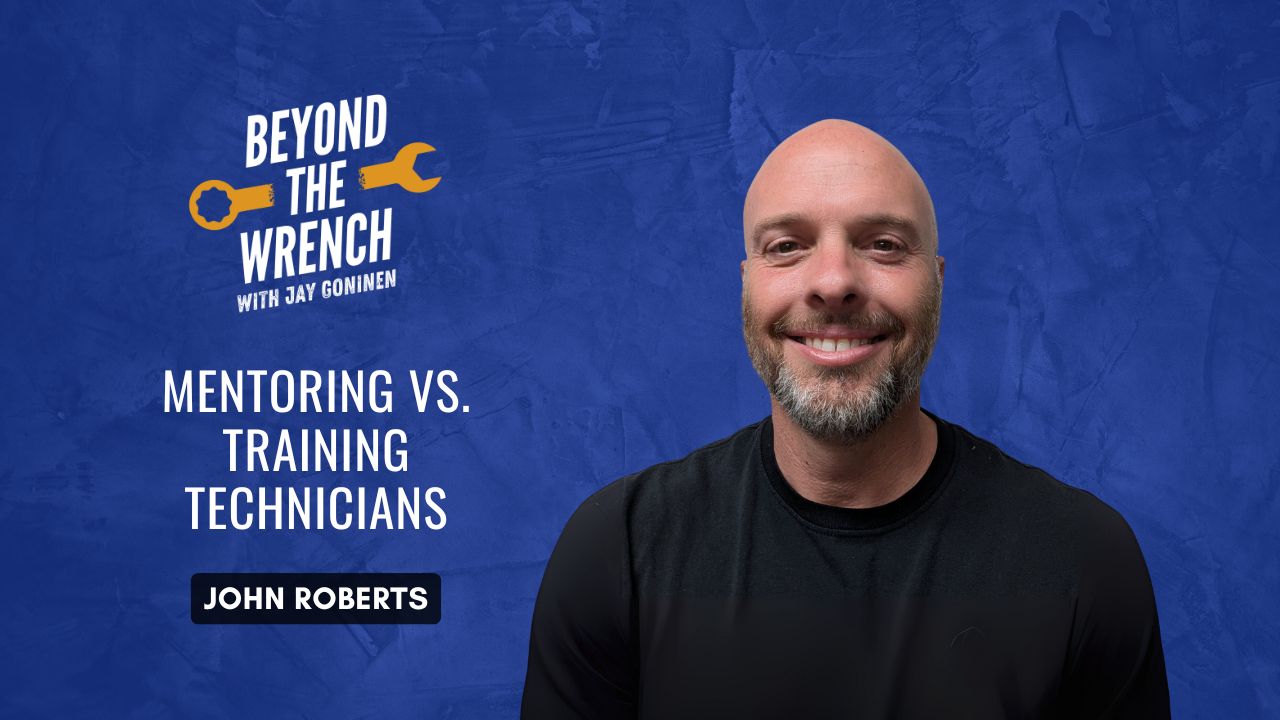Episode Description
Does your shop recognize employees for their work? According to a recent WrenchWay Insiders poll, 78% of shops are failing to recognize employees.
Employee recognition sounds like it is easy to manage. When in reality, most shops recognition strategies aren’t effective. Simply recognizing employees with gifts and money is no longer impactful. Shops need to get personal with specific recognition strategies that cater to every employee’s preference.
In this week’s episode of Beyond the Wrench, we are joined by the incredible Anna Straus, CEO of Sparck, to learn more about the importance of employee recognition, the proper execution of employee recognition strategies, and how it can have a positive impact on your shop.
Watch the Full Episode
Episode Highlights
Importance of Employee Recognition
When it comes to employee recognition the number one thing shops need to remember is people don’t leave companies, they leave people. The relationships employees develop within a company are key to them staying in their job and being happy. Even if someone doesn’t necessarily love their job, if they have a good relationship with their manager/coworkers, it is far more likely that they will stay in the company. If they don’t have that relationship, it is way easier for them to disconnect.
Recognizing employees makes them feel appreciated, and let’s them know the work they are doing matters. Everyone wants to feel like they are doing a great job, and be recognized for their hard work. It is proven that if employees are shown recognition properly, have a good relationship with their manager, and are overall happy in their job, it will lead to an increase in productivity and profitability for the company.
“There are three things that need to happen to properly recognize someone: It needs to happen at the right time, in the right way, and with the right reward.”
Anna Straus, CEO, Sparck
The Proper Execution of Employee Recognition
Ensuring that you are using the most effective form of recognition on each employee is crucial in the recognition process. The biggest problem isn’t necessarily the lack of recognition, but using the correct type of recognition per individual.
With employee recognition, it’s important to dig deep and learn how employees like to be recognized and execute it properly. Even people in the same industry with similar interests like to be recognized in different ways. If one employee loves a shout out at a team meeting, that doesn’t necessarily mean another employee is going to like that type of recognition as well.
A common misconception with recognition is that managers think rewards need to be monetary. You don’t always need to put a lot of money into it. There can be a huge disconnect if it’s not something that is important to the employee and won’t motivate them. The physical reward is only 40-60% of the overall recognition experience ーwho it’s coming from and how it’s delivered is what gets to the heart of those internal motivators.
By getting to know your employee personally, you begin to build relationships within the workplace. With stronger relationships comes stronger retention and productivity. Every employee is looking for something different in how they feel appreciated, and it is important to figure out what motivates them.
“Managers have about a 70% influence over how engaged their team is. Yet, only 14% of managers have the tools to recognize their team or know how to do it.”
Anna Straus, CEO, Sparck
The Effects of Employee Recognition
Proper employee recognition has a bigger effect on a company than most people think. When employees are happy and companies are successful, they are able to hire more people, create more disposable income, and give back to their community. This creates a ripple effect of success within the shop.
Having a high employee turnover rate is a tremendous loss of money for a shop. Right now, 65% of employees that leave a company are doing so voluntarily. On average if an employee leaves a company, a company loses about 150% of that person’s annual salary in lost time and cost. If you compare those numbers, that is detrimental to a company’s success and can be a huge anchor in growth.
“A disengaged employee will take on average eight days of PTO. An engaged employee will take on average two days of PTO.”
Anna Straus, CEO, Sparck
3 Tips to Properly Recognize a Technician
Show Notes
Resources:
- Get Your FREE Employee Engagement Cost Analysis (sparckco.com)
- FREE #BeHeard Survey Report (sparckco.com)
Download the free WrenchWay app in the App Store or on Google Play:
- App Store: https://apps.apple.com/us/app/wrenchway/id1534587616
- Google Play: https://play.google.com/store/apps/details?id=com.wrenchway.insiders
About Our Host:
Jay Goninen
Co- Founder & President, WrenchWay
jayg@wrenchway.com | 608.716.2122
About Our Guest:
Anna Straus
CEO, Sparck
anna.straus@sparckco.com
Follow the Beyond the Wrench Podcast
Don’t miss a single episode — follow to the Beyond the Wrench podcast! The Beyond the Wrench podcast is available on:
- Apple Podcasts
- Spotify
- Google Podcasts
- Amazon Music
- Stitcher
- iHeart Radio
- Pandora
- TuneIn + Alexa
- And more!




